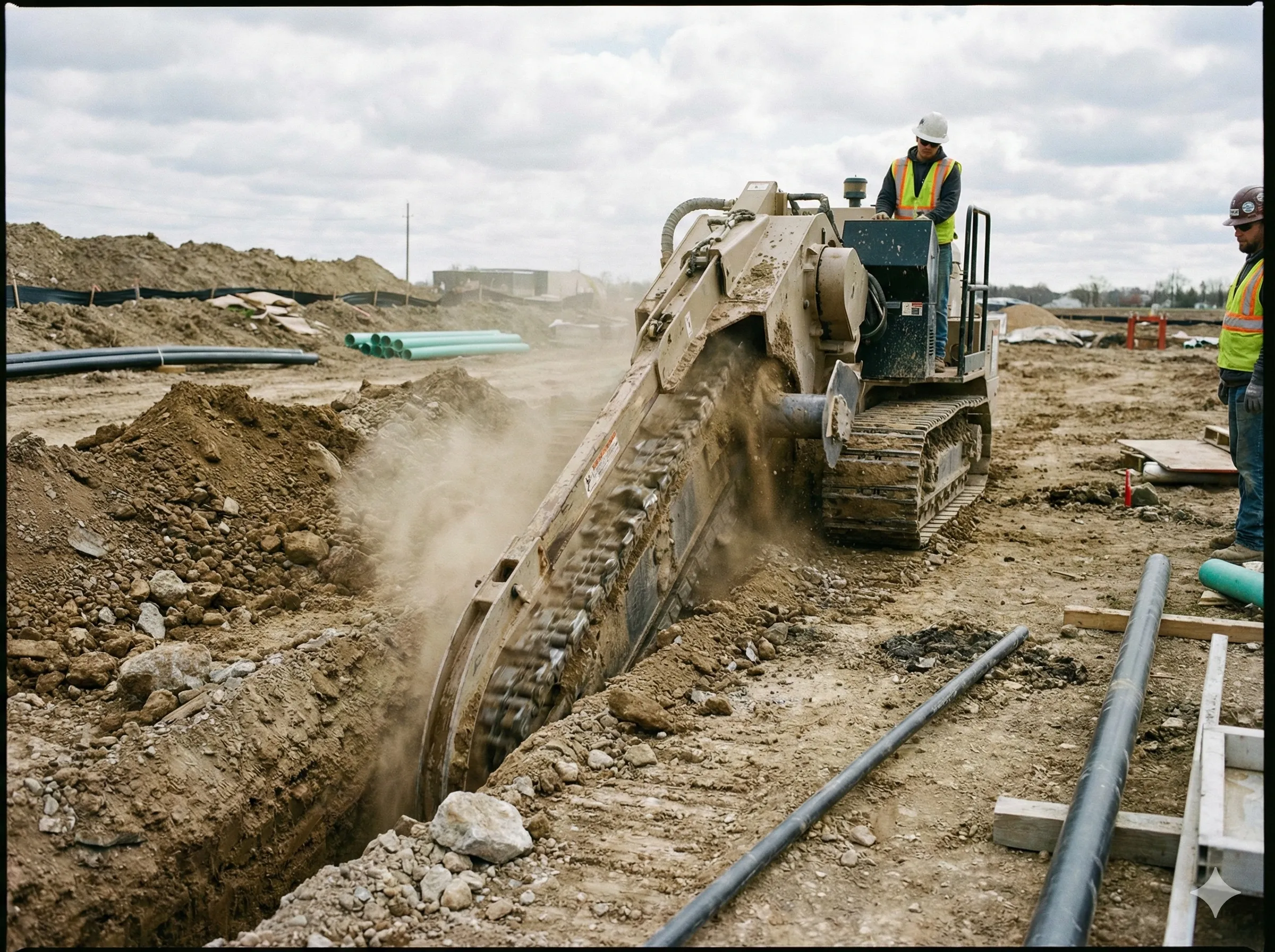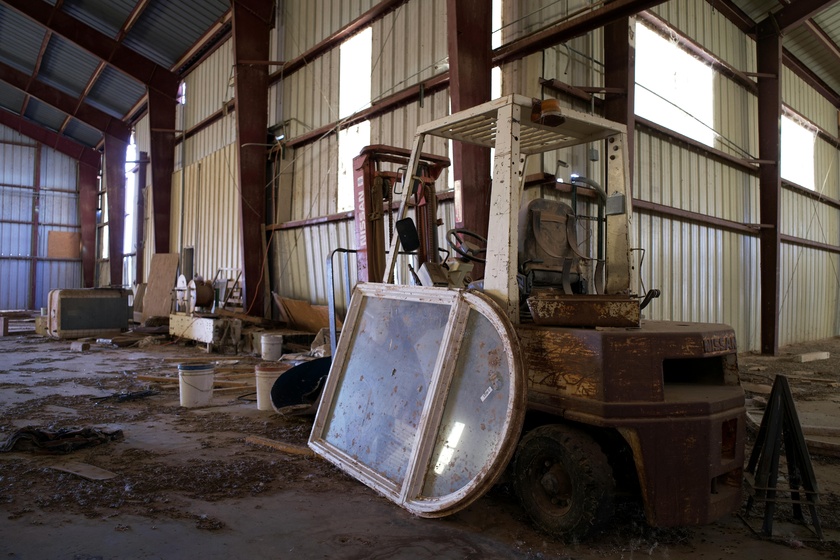Mesothelioma, while statistically quite rare, has become a serious problem for thousands of Americans over the past several years. And, unfortunately, it will impact hundreds of thousands of additional people over the next decade-plus. Thus, it’s important for us to take a step back and understand what the risk factors are for mesothelioma.
What is Mesothelioma?
Before digging too deeply into the risk factors, let’s explore the first question most people have: What exactly is mesothelioma?
The simplest explanation is that it’s a rare type of cancer caused by exposure to asbestos. These microscopic asbestos fibers can be unintentionally (and unknowingly) inhaled into the lungs, causing irritation to tissues, as well as cell mutation. It’s this cell mutation that can cause mesothelioma tumors to form in the lining of bodily organs.
“There are technically four types of mesothelioma,” MesotheliomaGuide.com mentions. “However, two are more commonly diagnosed: pleural mesothelioma and peritoneal mesothelioma. The other two – pericardial mesothelioma and testicular mesothelioma – are rare occurrences.”
Unfortunately, it can often take several decades for mesothelioma to be diagnosed, at which point treating it becomes a huge challenge.
Asbestos Exposure: The Only True Risk Factor
In this article, we’re going to discuss the risk factors for asbestos. However, let’s be clear from the start: There’s ultimately only one risk factor: exposure to asbestos.
Asbestos is a group of naturally occurring fibrous minerals that were widely used in construction, automotive, military, and other industries for their resistance to heat, electricity, and chemical damage. When asbestos materials are disturbed, they release fine fibers into the air, which can be inhaled or ingested, lodging in the linings of the lungs or abdomen and eventually causing mesothelioma.
All of the other factors we’re going to discuss are secondary to asbestos exposure. In other words, these factors increase the likelihood that you’re exposed to this dangerous material or, in some cases, increase the likelihood that you’ll be impacted if exposed.
With that being said, here are some risk factors:
Occupational Exposure
Certain professions are at a higher risk due to their direct contact with asbestos-containing materials. Workers in construction, plumbing, shipbuilding, and manufacturing of asbestos-containing products are among those most at risk. Firefighters, electricians, and demolition workers also face significant exposure due to the nature of their work involving older buildings that contain asbestos materials.
Environmental Exposure
Asbestos is not only a danger in the workplace. Natural deposits of asbestos can also pose a risk to nearby communities through environmental exposure. In some regions, asbestos can be present in rocks and soil, naturally releasing fibers into the air that can be inhaled by the local population. Living close to asbestos mines or contaminated sites can significantly increase the risk of developing mesothelial.
Secondary Exposure
Family members of people who work with asbestos can also be at risk through secondary exposure. This occurs when workers bring home asbestos fibers on their clothing, hair, and tools. Over time, household exposure to these fibers can cause mesothelioma in family members, even if they were not directly involved with asbestos themselves.
Genetic Factors
While asbestos exposure is by far the leading cause of mesothelioma, genetic factors may also play a role in an individual's susceptibility. Research suggests that some people might be genetically more predisposed to develop mesothelioma upon exposure to asbestos. Scientists are still investigating the exact nature of this genetic link.
Smoking
Although smoking alone is not a risk factor for mesothelioma, it can exacerbate the effects of asbestos exposure. Smoking in conjunction with asbestos exposure significantly increases the risk of developing lung cancer among asbestos-exposed workers. However, it's important to note that mesothelioma and lung cancer are distinct diseases, each with different mechanisms and affected areas of the body.
Age and Gender
Mesothelioma typically takes a long time to develop, often appearing 20 to 50 years after asbestos exposure. Therefore, it is more commonly diagnosed in older individuals, usually between the ages of 60 and 80. Men are more likely to be diagnosed with mesothelioma than women, primarily due to the higher likelihood of men working in at-risk occupations.
Prevention and Early Detection
Given the long latency period of mesothelioma and its aggressive nature, prevention is crucial. Avoiding exposure to asbestos is the most effective way to prevent mesothelioma. For those at risk, regular health screenings and monitoring for symptoms are vital for early detection.
If you believe you have been exposed to asbestos or are experiencing symptoms such as shortness of breath, chest pain, or abdominal swelling, consult your doctor promptly for an evaluation.



















